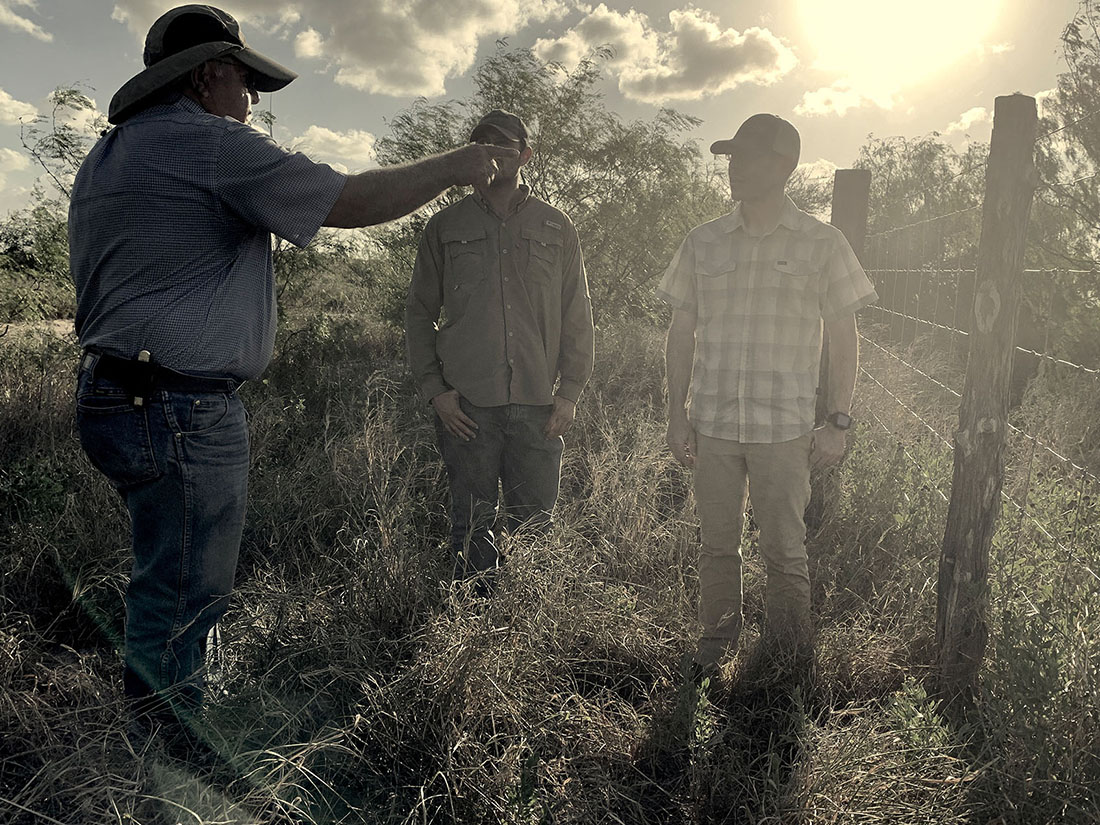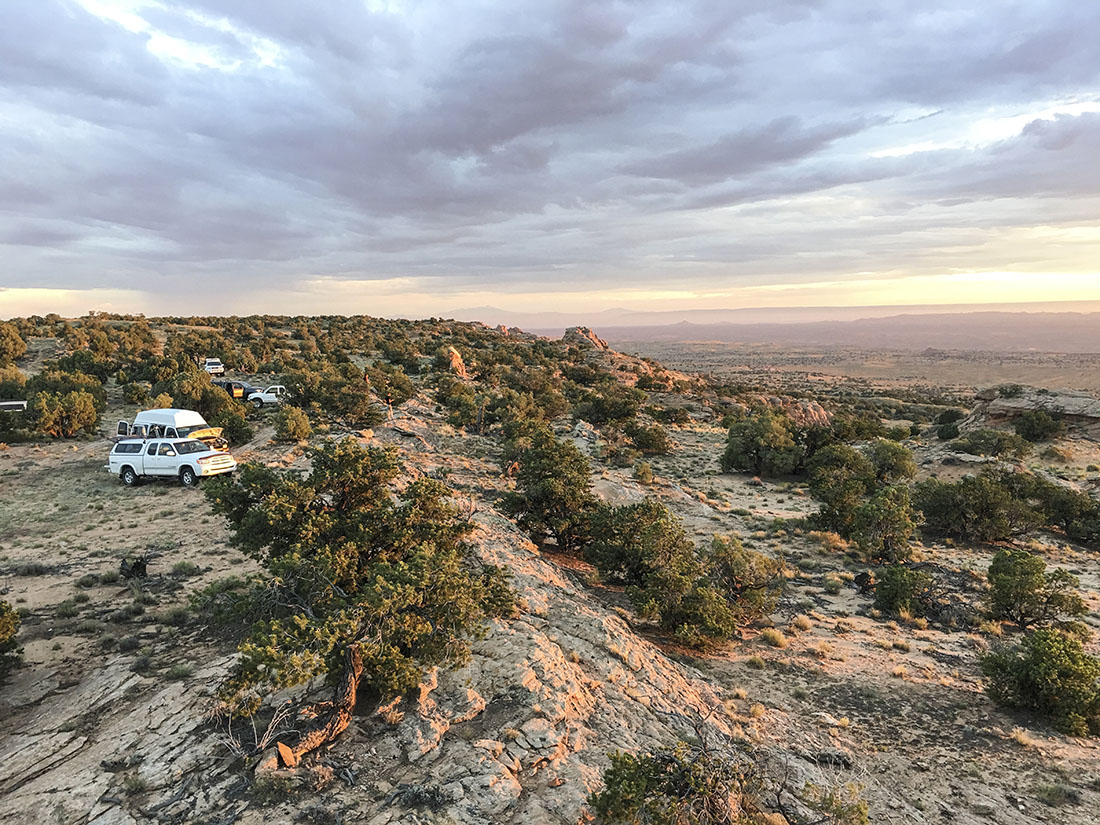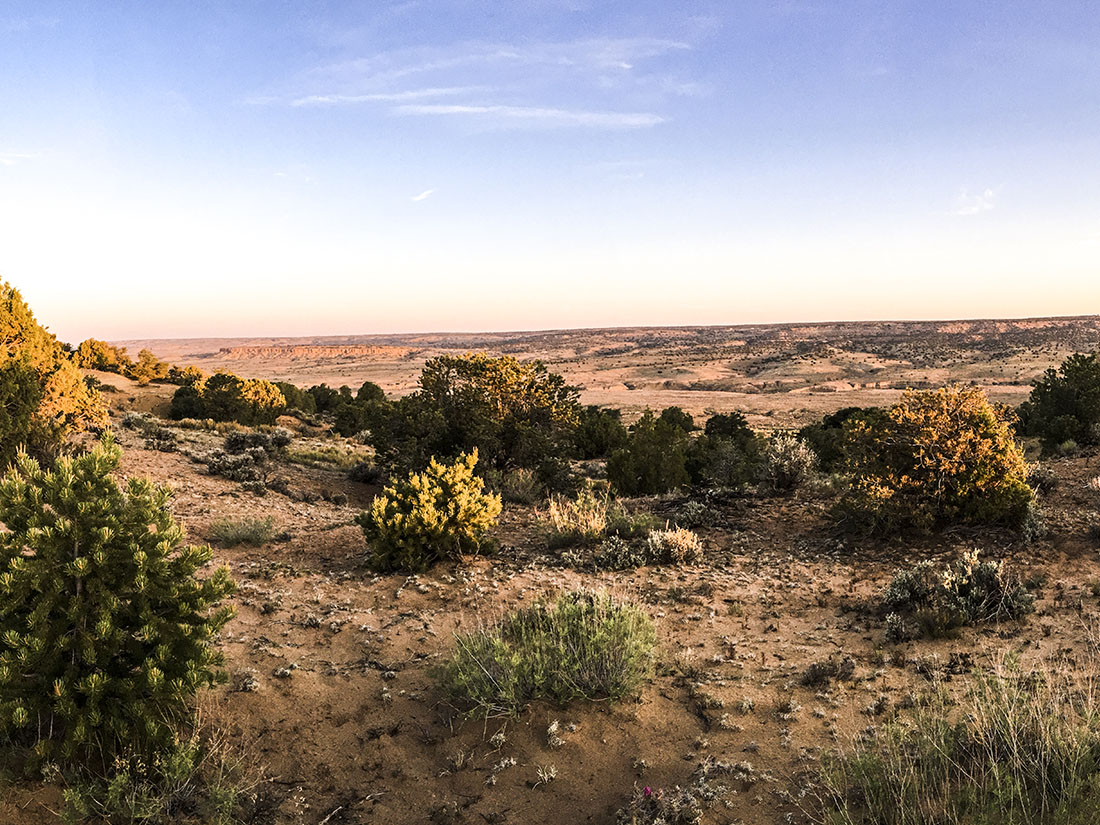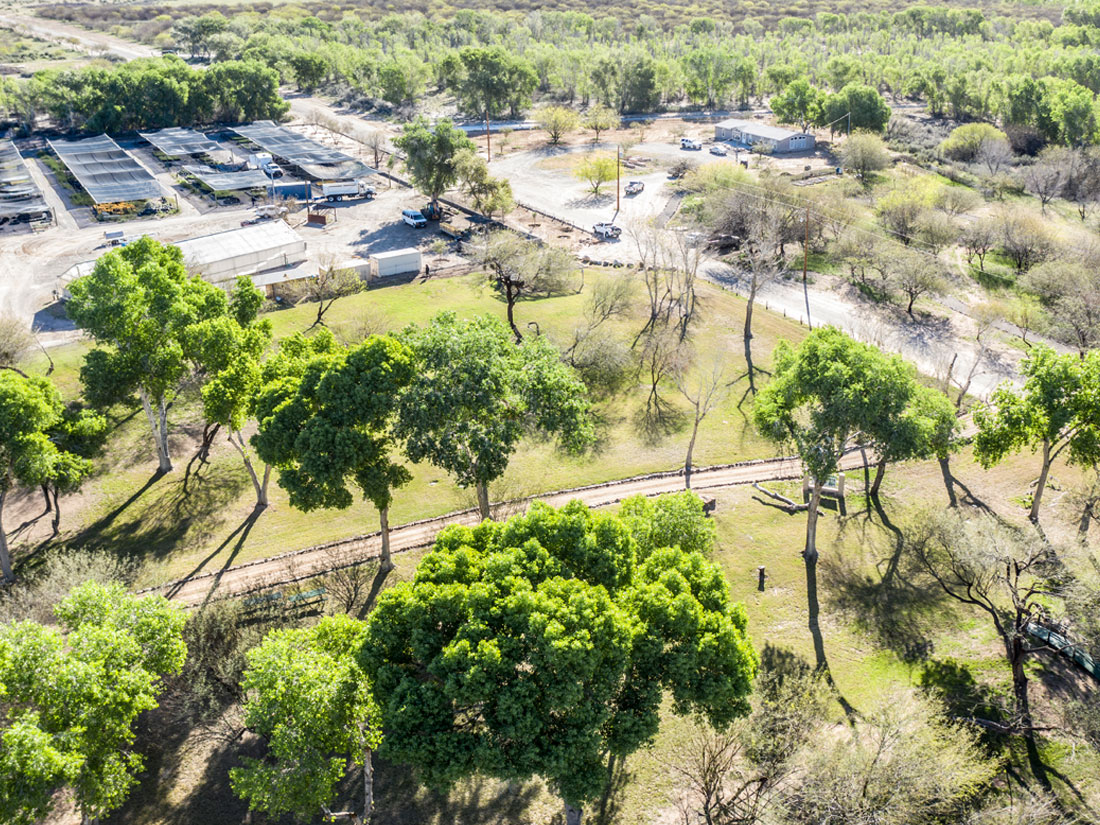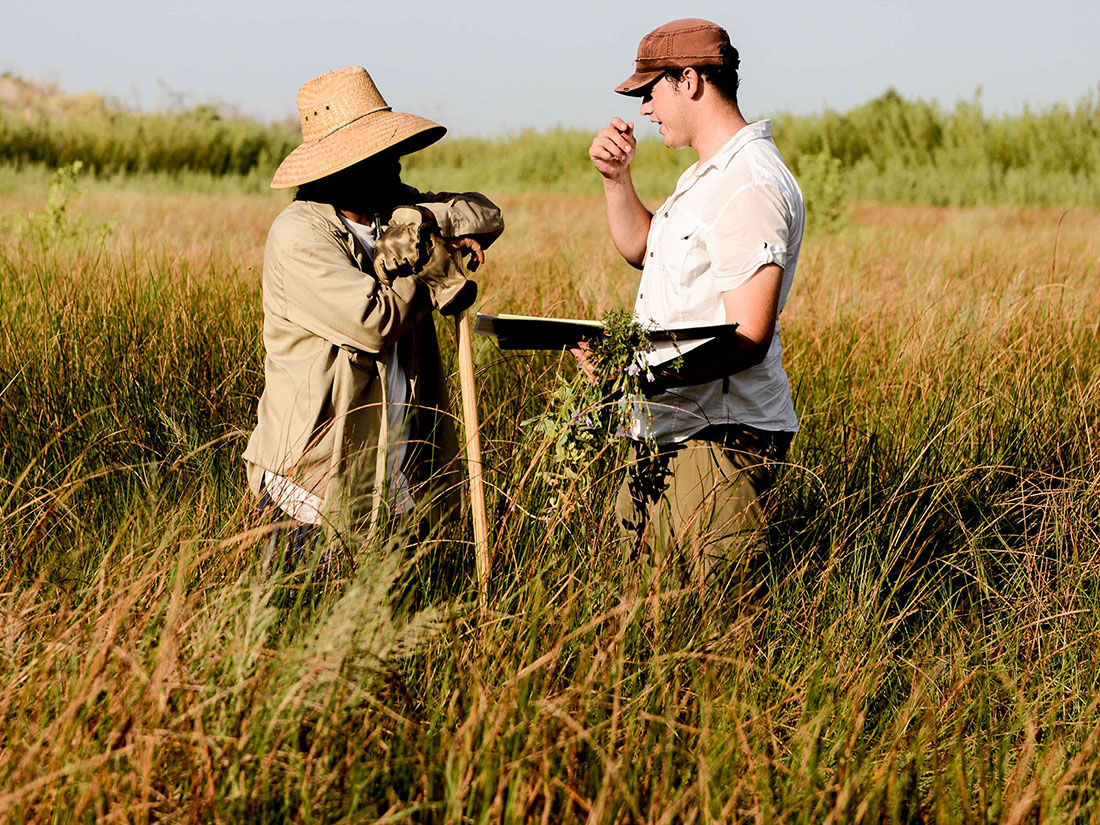16 Jul Tsegi Canyon Rangeland
[vc_row css_animation="" row_type="row" use_row_as_full_screen_section="no" type="full_width" angled_section="no" text_align="left" background_image_as_pattern="without_pattern"][vc_column][vc_separator type="normal"][vc_column_text] Tsegi Canyon Rangeland Restoration Project – Reviving a Sacred Landscape [/vc_column_text][vc_separator type="normal"][vc_column_text]Navajo Nation lands located in Arizona, New Mexico, and Utah are highly degraded from over 100 years of feral and managed livestock overgrazing. Grazing permits were first...



